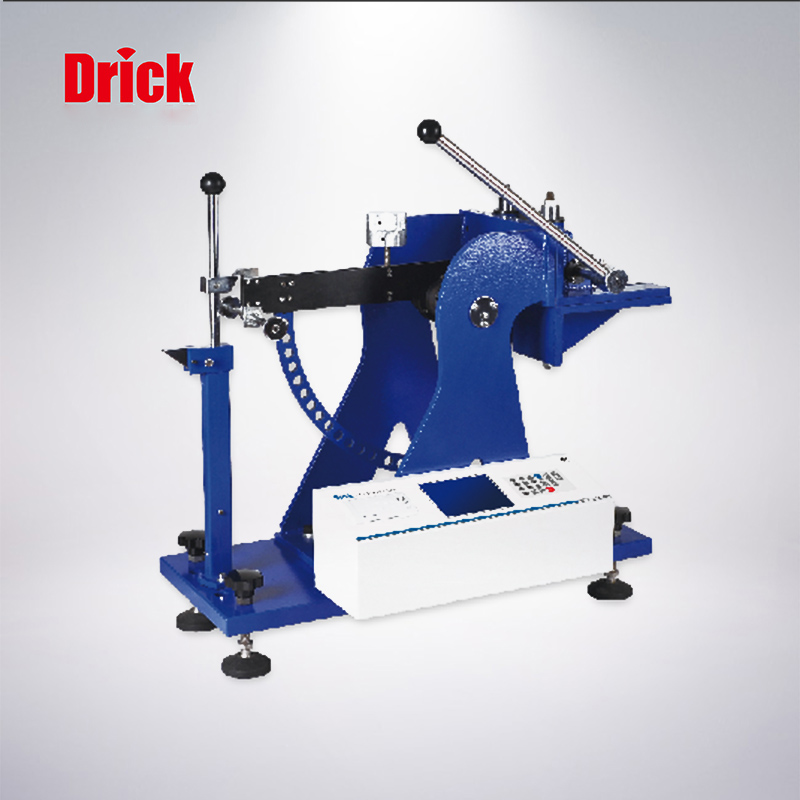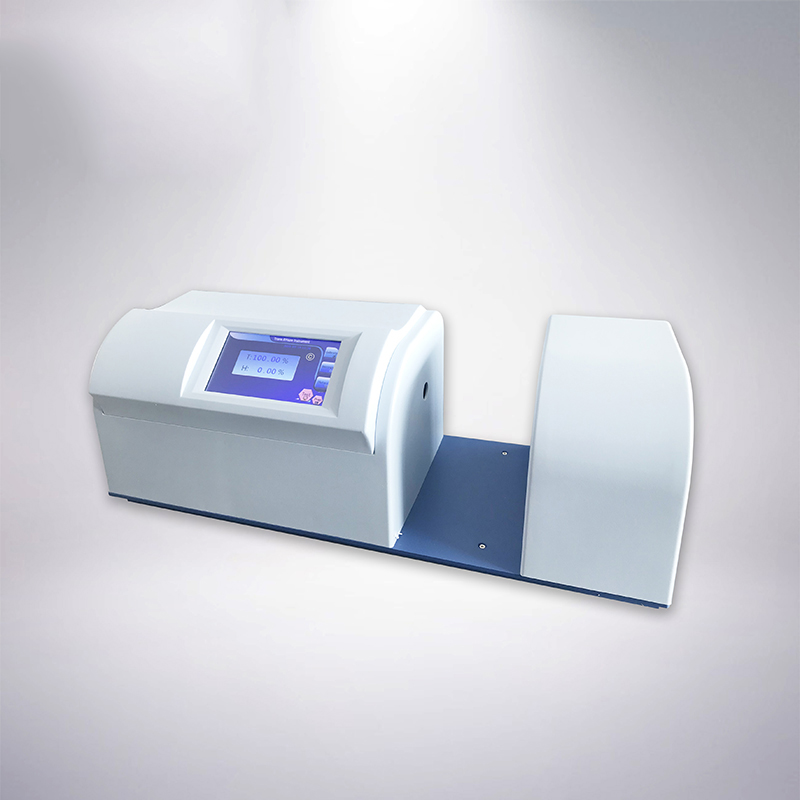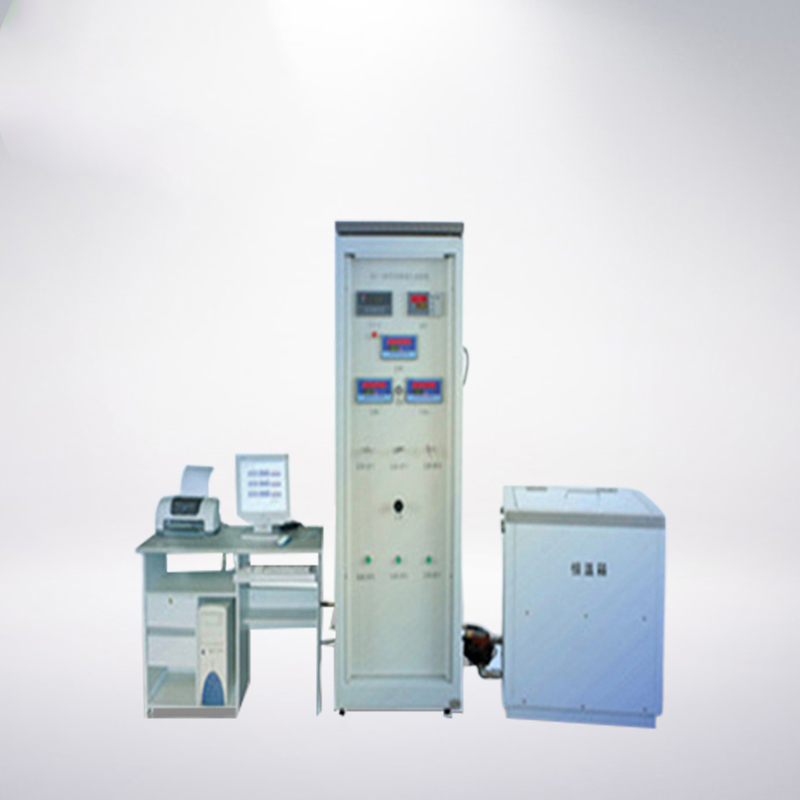The Cornell Tester is mainly used to test the long-term ability of mattress to resist persistence cycle. The instrument includes a double hemispherical pressure that can be manually adjusted axial length. The load-bearing sensor on a presshammer can measure the applied force applied to the mattress.









